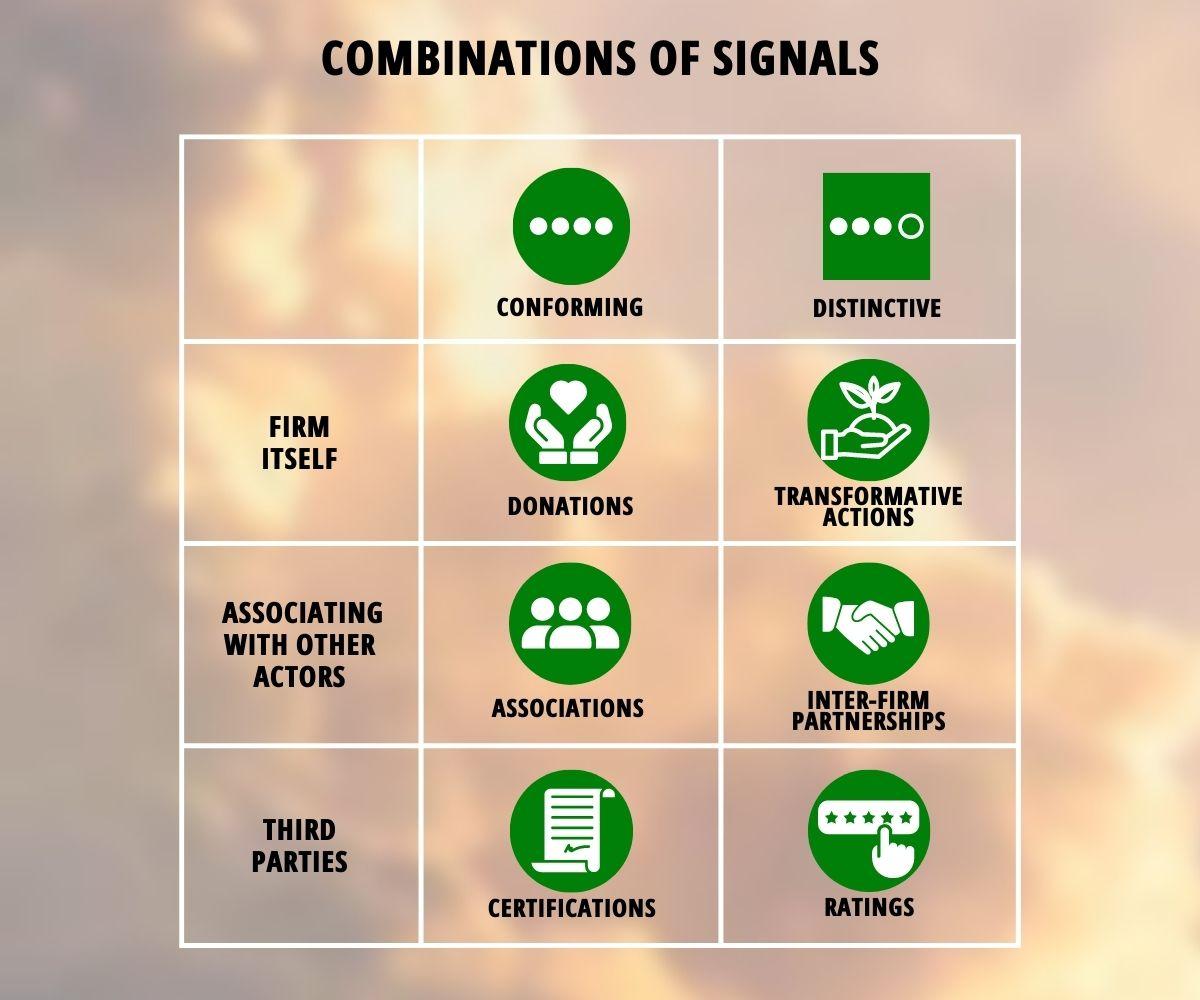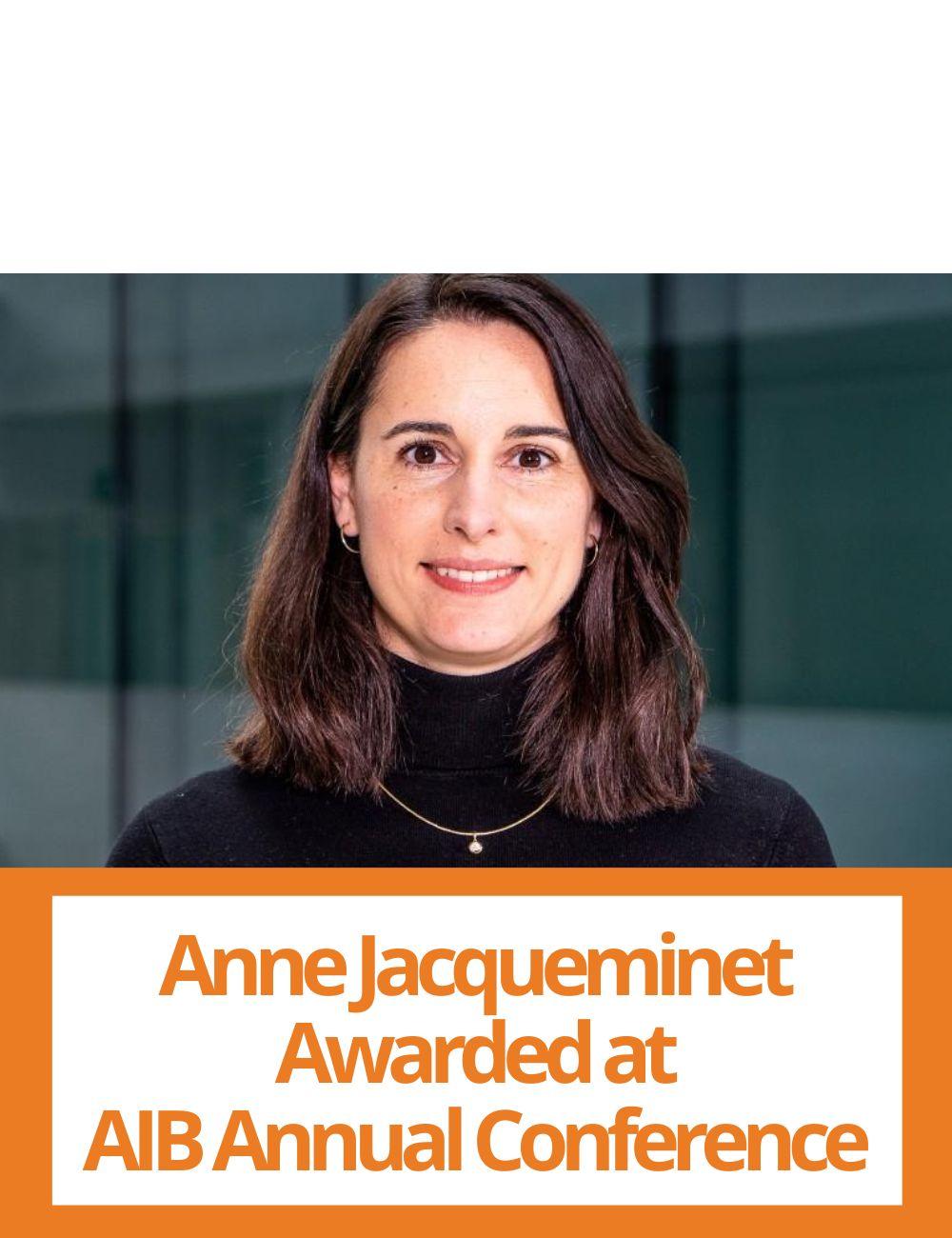
When the Media Believe That a Firm is Really Green
SUPPORT FROM CREDIBLE THIRD PARTIES IS ESSENTIAL, BUT IT MUST BE PART OF A WELL ORCHESTRATED MIX OF SIGNALS ABOUT COMPLIANCE WITH EXISTING NORMS AND ADOPTION OF DISTINCTIVE BEHAVIOR, A PAPER BY ANNE JACQUEMINET AND COLLEAGUES FINDSWhen firms make their environmental policies public, they can get favorable media coverage only if their narrative carefully articulates signals of conformity (actions aimed at complying with existing norms) and distinctiveness (the adoption of a recognizably uncommon behavior).
A paper by Anne Jacqueminet of Bocconi’s Department of Management and Technology, Emanuele Bettinazzi of USI (Università della Svizzera Italiana, Switzerland), Kerstin Neumann of Innsbruck University and Peter Snoeren of the University of Amsterdam proposes a framework that seeks to explain which combinations of signals can generate positive coverage and which ones fail to.
In the background of how companies communicate their environmental policies lies what can be described as a trade-off, or at the very least some tension, between conformity and distinctiveness. This tension reflects the fact that companies struggle to describe themselves as being “conforming” and “distinctive” at the same time. Striking a balance between these two characterisitics is therefore essential in order to be perceived by the media as convincingly committed to environmentally sound policies, but it can also prove quite challenging.
The authors have identified three different types of signals on a scale of increasing credibility that hint at conformity and three that hint at distinctiveness.
The former grouping (conformity signals) includes donations, associations, and certifications.
The latter (distinctiveness signals) includes transformative actions (ie, changes in products, processes, and structures aimed at reducing a firm’s environmental footprint), inter-firm partnerships, and ratings.
Their varied credibility is a consequence of their nature: the first and least credible element in each grouping is generated by the firm itself, the second by associating with other actors and the third and most credible is provided by external parties.

Considering that the media naturally see such signals in combination with each other and not separately, Jacqueminet and her colleagues wanted to understand which of these combinations are most likely to trigger positive reactions in media coverage. By processing data regarding electrical utilities between 2008 and 2013 and over 11,000 articles that dealt with their environmental initiatives, the authors identified three main favorable patterns.
“Congruent signalers” are firms that display their environmental behavior in a consistent manner (i.e. conforming or distinctive) around a highly credible signal; “balancing signalers” couple a highly credible signal of conformity (certification) with lower credibility signals of distinctiveness (like transformative actions) or vice versa; and “muddling-through signalers” use a combination of less credible signals of both conformity and distinctiveness and can only hope to garner positive media coverage for a limited period. All other combinations, apparently, are either unconvincing or too confusing and inconsistent to attract admiration in the media.
“We see that the presence or absence of highly credible, third-party signals within signal combinations determine the way the media perceive incongruence and, thus, the way they react to the level of conformity vs distinctiveness represented in signal combinations,” Anne Jacqueminet explains. “Highly credible, third-party signals seem to play a complex role in the media’s assessment of environmental firm behavior. They are, from a firm’s perspective, a double-edged sword with regard to the media coverage outcome, as their mere presence does not guarantee the positive media assessment that some may expect. The key issue is whether the third-party signals deliver a single, congruent message. If this is not the case, and the media face a mix of highly credible signals with opposite messages of distinctiveness and conformity, they do not grant positive coverage.”



Anne Jacqueminet, Emanuele Bettinazzi, Kerstin Neumann, Peter Snoeren “Media Coverage of Firms in the Presence of Multiple Signals: A Configurational Approach”, published online 1 March, 2023 on Academy of Management Journal, DOI https://doi.org/10.5465/amj.2020.1791
by Andrea Costa
